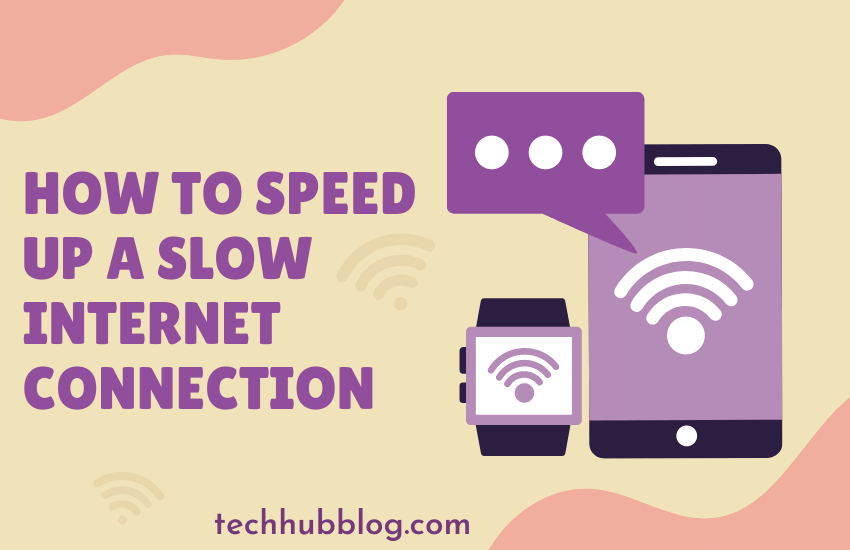Security is something that no website owner or business can ignore. It’s like not having locks on your home. You may think that you just have a little blog and you’re not even using it to make money. “Why would anyone hack me?” Although people may think that their website isn’t a tempting target for hackers, the reality is that a cyberattack happens every 39 seconds and more than 30,000 new websites get hacked on a daily basis.
It’s worse than not having locks on your home. It’s like leaving your door wide open. And it’s not just about money. Getting hacked can lead to identity theft, your website crashing, losing traffic or even having it suspended. The purpose of most attacks isn’t even to steal your data, but rather to use your server for spam or illegal types of files. Hacking is usually done through automated scripts that scour the internet to detect websites with known vulnerabilities.
Now you’re perhaps thinking that “Ok, you’ve convinced me. I need to improve my website security. But how? I’m not very skilled in these matters.” That’s a common concern, but after reading this article, you’ll see that our tips are not that obscure and they’re easy to implement. However, keep in mind that website security is not a task you do once, and then you can forget about it. It’s a systematic process.
What Happens When a Website Gets Hacked?
Before we get to our website security tips, let’s clarify what happens if you do get hacked. There’s no way of telling how your website will look if you get hacked, but you’ll probably know it has happened because there are some patterns and something won’t work, or it will go wrong.
Usually, hacking comes in the form of:
- Ransomware – The hacker will ask you for a ransom sum if you want to regain access to your website, or they might threaten to publish your data.
- Malicious code or viruses – Malicious code can cause your site to go down or prevent you from accessing it. Sometimes your hardware will also be affected.
- Denial of Service (DoS) – Bots can be used to overload your website with requests, causing your server to crash.
- Phishing – Once they get access to your website and data, hackers can use it to contact clients on behalf of your company so they can get further access to personal information which they can use for other schemes.
- Gibberish Hack – the purpose of this type of hack is to use a legitimate site’s rank Google’s search results to increase traffic for other dodgy websites that sell fake merchandise, for example.
Choose a Good Hosting Provider
A good hosting provider is the backbone of your website because even if you take all the necessary measures to keep our website secure, if the provider’s security is low and it gets targeted, that means your website will be compromised as well. Read the reviews and make sure that the provider you choose has protocols in place to protect content management systems such as WordPress.
It’s usually their job to maintain their servers, implement security monitoring and provide security patches and updates.
Furthermore, you should avoid using the same server to run multiple websites, and it’s best to separate the database of each website. If you keep the data as isolated as possible, one attack won’t cause as much damage.
Regular Back-Ups
Some website providers do regular backups for their customers, but no matter how secure your website is, keeping an off-site backup will come in handy if something happens. This way you’ll have a recent version of your website that’s ready to be relaunched.
A backup consists of a copy of the data on your website, which includes the databases, content, media and all other files. The more complicated your website is, the more backup storage you’ll need. You can also use automatic backup services that do daily backups, and luckily you have many options to choose from.
To be extra safe, you can back up the data from your website on multiple server locations, essentially creating backups for your backups. Remember that you should do this frequently, at least once per week otherwise you’ll have nothing but an out-of-date version of your site to rely on.
Use SSL
One of the most basic things you can do to improve your website security is to install a Secure Sockets Layer or SSL certificate. The websites that have “https” and a padlock in their URL instead of just “http” have an SSL certificate. The SSL certificate and HTTPS protocol will encrypt the data passing between your website and its visitors. This is especially important for e-commerce websites that process payment details.
Moreover, Google warns visitors whenever they enter a website without an SSL certificate and even lower the ranking for these websites in their search results which means that getting an SSL certificate will not only improve your website’s security but also its online visibility and generate more traffic.
You can find free versions of SSL certificates, and many hosting providers will include them in their services. However, if you want to process payments, we recommend you get more advanced versions from hosting providers or domain registrars.
Keep Your Website Up to Date
As we mentioned before, hackers use automated scrips to scour the internet and find websites with vulnerabilities. Many of these vulnerabilities come from failing to do regular updates to WordPress and other plugins since these updates usually include security patches and improvements.
If you’re CMS supports it, it’s best to enable automatic updates. Even if you run automatic updates, you should still check your websites for any vulnerabilities from time to time. You should be especially careful with the plugins you install. Remember that a plugin can be created by anyone, so sometimes they contain bugs or malicious code because that was their entire purpose. Other times, they’re simply poor quality, so they increase your vulnerability to cyberattacks.
Before you install a plugin, make sure it’s from trusted developers by reading the reviews and doing some research.



